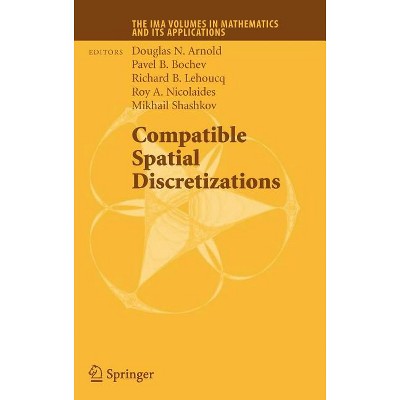Sponsored

Peirce's Logic of Information - (Peirceana) by Jérôme Vogel (Hardcover)
Pre-order
Sponsored
About this item
Highlights
- Charles S. Peirce is generally known to have produced a theory of signs and to have been the founder of pragmatism.
- About the Author: Jérôme Vogel, Université du Québec en Outaouais, Gatineau, Canada.
- 200 Pages
- Science, Philosophy & Social Aspects
- Series Name: Peirceana
Description
Book Synopsis
Charles S. Peirce is generally known to have produced a theory of signs and to have been the founder of pragmatism. What is less known is that he was the first philosopher to develop a conception of information in the context of his early research on the philosophy of science. The book shows that that the notion of information is an essential element of his philosophy; it provides a study of the logical and semiotic underpinnings. The papers presented focus on the years 1865-1867, during which Peirce defines the first pieces of his philosophical system. The question Peirce asks is how and to what extent representations can increase the quantity of what they represent. He discovers that they can do so in two ways, depending on whether they participate in one or the other of the two types of probable inference, namely induction and abduction. Information is the measure of this growth of knowledge at the heart of representations. Closely related to the concept of Interpretant, it plays a key role in the theory of realism that defines the first period of Peirce's philosophy. It is also a precursor of what Peirce would later call his "logic of vagueness."
About the Author
Jérôme Vogel, Université du Québec en Outaouais, Gatineau, Canada.
Shipping details
Return details
Frequently bought together
Trending Non-Fiction

















